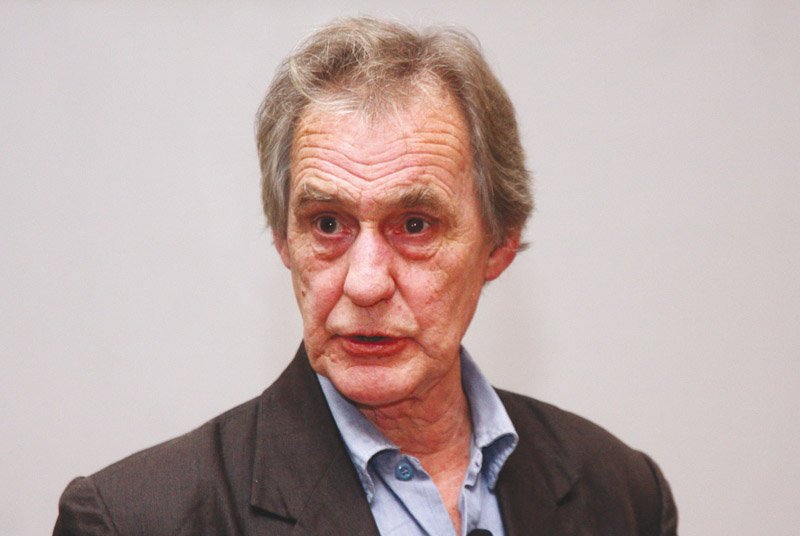
This fear led to the fourth war of Mysore as the then Governor-General Lord Mornington and later Wellesley thought that Tipu Sultan, an Indian ruler better known as the Tiger of Mysore, was receiving help from France. British troops stormed Seringapatam in May 1799 where Tipu Sultan died in fighting and his troops were eventually defeated.
This war is crucial to John Keay’s The Great Arc: The dramatic tale of how India was mapped and Everest was named, as it introduces the reader to a man few have heard about — Lieutenant Colonel William Lambton.
Keay, a British historian and author, wrote The Great Arc, a 224-page book published in 2000 on the dangerous project undertaken by Lambton and his assistant. On Thursday, he was speaking at The Second Floor at an event organised by the British Council on how these two men mapped the Indian subcontinent.
He said that the lieutenant came to India with the King’s Army in 1796. He was in Mysore during the 1799 war and realised that India was too big, and for the British to rule the area with precision, they needed a geographical survey and map of India. In 1802, Lambton’s idea started to take form and he became the superintendent of the Trigonometrical Survey of India in 1812. Their plan was to complete the survey in five years, starting from Madras to Malabar. However, due to lack of roads and bad communication, the survey was completed in 1857 around the time of the 1857 war of independence. After Lambton’s death in 1823, the survey was carried out by his assistant George Everest, the man who the highest peak in the world is named after. Everest’s journey took him from Kanyakumari in Tamil Nadu to the foothills of the Himalayas, nearly 1,600 miles.
A year after the survey was completed, Britain took over from the company and Queen Victoria was declared Empress of India. The survey, according to Keay, was a great asset to the British government as it helped them deploy men where needed.
To explain how Lambton and Everest worked, Keay presented a slideshow of photographs of observation stations, an instrument to measure angles and maps.
He claimed that during the war of 1857, the project remained unaffected. “The mapping of India played a crucial role in installing communication system across the East India Company-controlled areas and establishing the British Raj,” he said. “The survey also measured the highest mountain peak of the country along with some other mountains along the Karakoram.”
According to Keay, the highest peak was named after George Everest even though he never saw it or attempted to climb the mountain but for the work he had done.
Published in The Express Tribune, February 7th, 2015.
COMMENTS (1)
Comments are moderated and generally will be posted if they are on-topic and not abusive.
For more information, please see our Comments FAQ

























1714024018-0/ModiLara-(1)1714024018-0-270x192.webp)









The survey period was also the time where geological survey was also conducted leading to new mining operations. A gear deal of information can be seen here
Imperial Gazetteer of India, v. 1